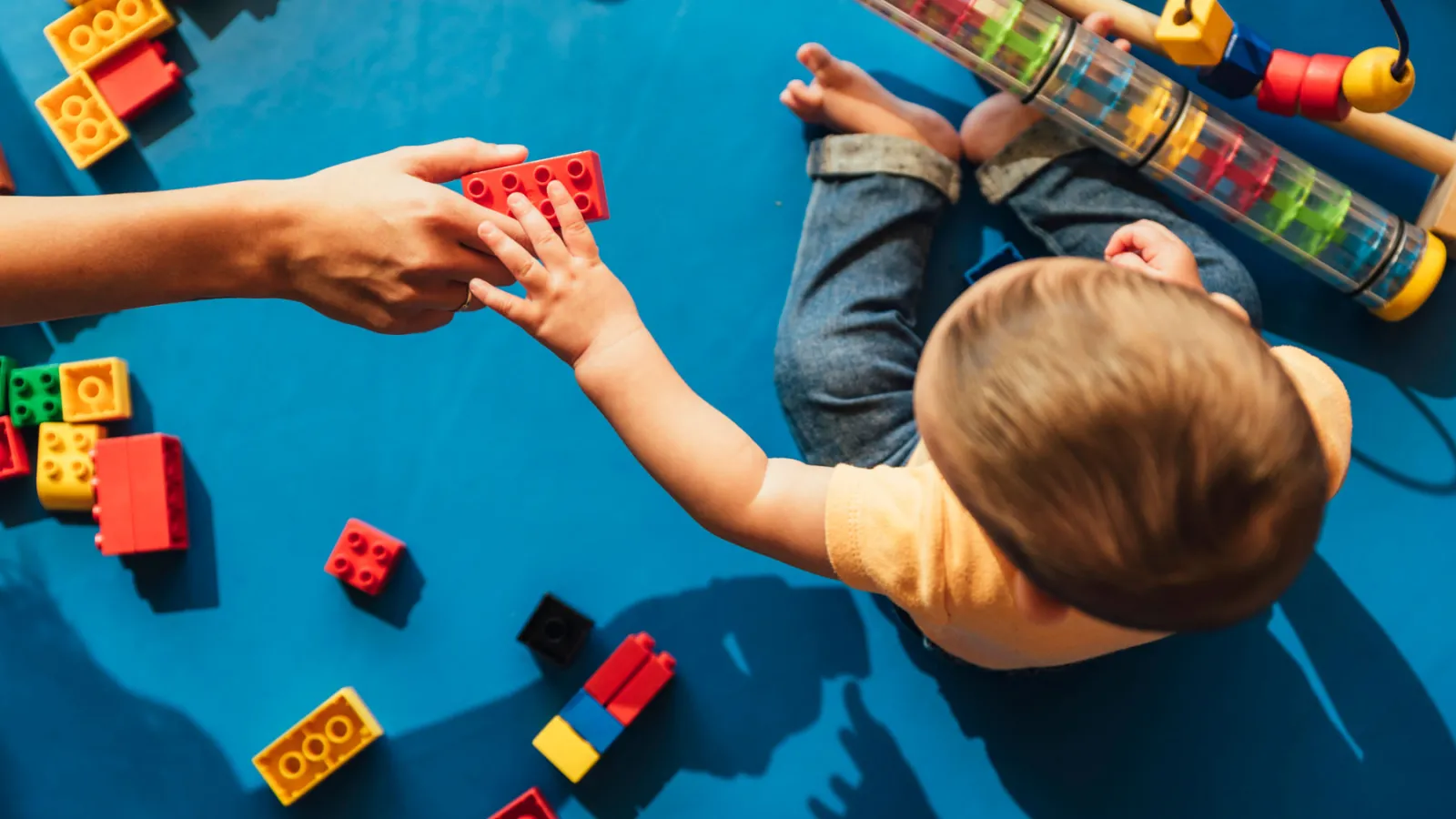Banner

Title
resources
Resource Library
Our Resource Library contains materials and assistance for early childhood educators and those they serve. Explore our selection of podcasts, tip sheets, websites, documents, and self-study courses.
Results: Page 209 of 219
| Resource Name | Description | Resource Type |
|---|---|---|
| Vaccines for Your Children: Protect Your Child at Every Age | Vaccination is one of the best ways parents can protect infants, children, and teens from 16 potentially harmful diseases. Vaccine-preventable diseases can be very serious, may require hospitalization, or even be deadly — especially in infants and young children. | Website |
| Valuing Diversity: Developing a Deeper Understanding of All Young Children's Behavior | Here is an article written by Barbara Kaiser and Judy Rasminsky for Teaching Young Children magazine, "Everything we think, say, and do is processed through our own cultural backgrounds. But because culture is absorbed and passed down from generation to generation rather than explicitly taught, we’re seldom aware of it. Culture shapes not only our values and beliefs, but also our gender roles, family structures, languages, dress, food, etiquette, approaches to disabilities, child-rearing practices, and even our expectations for children’s behavior. In this way, culture creates diversity." | Document |
| Video-Enhanced Modules on Interventions for Toddlers with Autism | New, free Video-Enhanced Modules on Interventions for Toddlers with Autism have been added to the collection of modules being developed by the Autism Spectrum Disorders (ASD) Toddler Initiative at the Frank Porter Graham Child Development Institute (FPG). The focused intervention practices highlighted in these learning modules were identified from a review of the research literature conducted by staff of the National Professional Development Center on Autism Spectrum Disorder (NPDC on ASD) in 2013-2014. They were found to be efficacious for use with toddlers as well as with other age groups of children with ASD. | Website |
| Video: Effective Exchange | Video exchange of provider and parent--sharing concerns | |
| Video: Suspension is an adult behavior TEDx talk by Rosemary Allen | This video serves as a great introduction to suspension and expulsion. It provides insight into the core issues and helps you think about strategies to address the problem. | Website |
| Video: Who Does Incarceration Impact? | Impacts of Incarceration is a video series created by The Pathfinder Network. It is designed to educate, empower, and create meaningful change by sharing the stories, wisdom, and resilience of people impacted by incarceration. | Website |
| Videos on Early Childhood Development - Pathways | Free videos! These are from the Pathways Foundation website, which "Provide free tools to maximize all children's motor, sensory, and communication development." Their videos are in English and in Spanish- short videos of typical and atypical motor development that can help parents and teachers be alert to motor issues, as well as videos about strategies to support infant motor development. | Website |
| Virtual Lab School | Created by experts at The Ohio State University, the Virtual Lab School (VLS) addresses a critical need for an easy to navigate online professional development and resource system that empowers professionals to build their knowledge and skills around research-based practices in child care and youth development. Supported by an extensive repository of professional development videos, research-based content, and relevant, interactive learning materials, the VLS simulates the enriching learning experiences found in university lab school settings. | Website |
| Vision Loss Resources | Vision Loss Resources is the Twin Cities leading provider of rehabilitation, support, information and referral services for individuals who are blind or visually impaired. Vision Loss Resources? mission is to assist people who are blind or visually impaired in achieving their full potential and to enrich the lives of all persons affected by blindness or vision loss. A national search engine of similar sites, technology updates and resources, e-mail list and services that include booklets, rehabilitation, and community opportunities and facilities. | Website |
| Visiting a Correctional Facility Tip Sheet | "There are many details to consider when planning a visit. These include prison regulations, unanticipated expenses, the busy demands of daily life, school, and work, and the intense emotions that connecting with a parent in prison can bring up. All of these may present barriers to visiting but the benefits of staying connected throughout a period of incarceration are well documented." This tip sheet, created by Resilience Beyond Incarceration, walks you through the important steps of planning a visit. | Document |
Results: Page 209 of 219